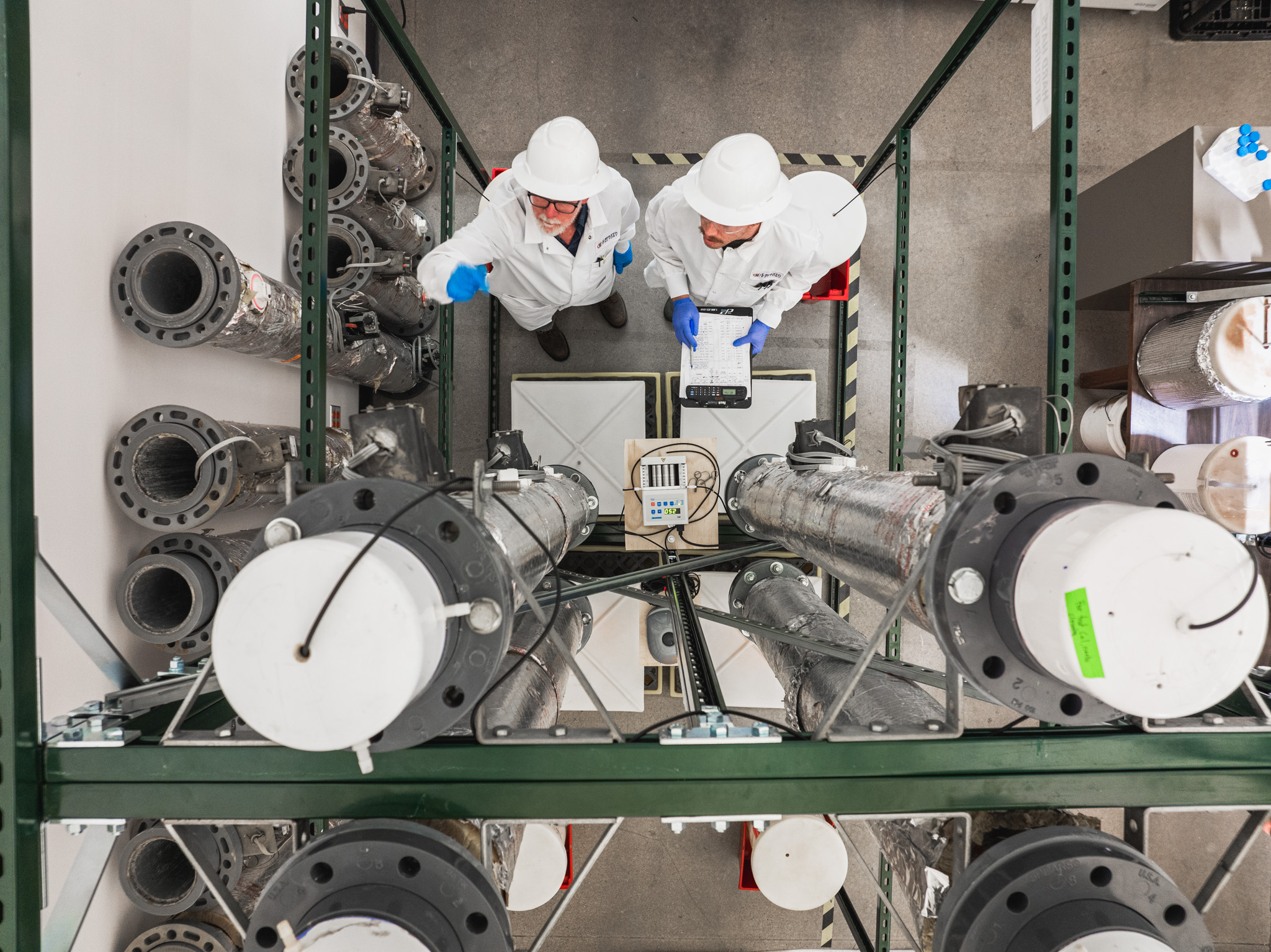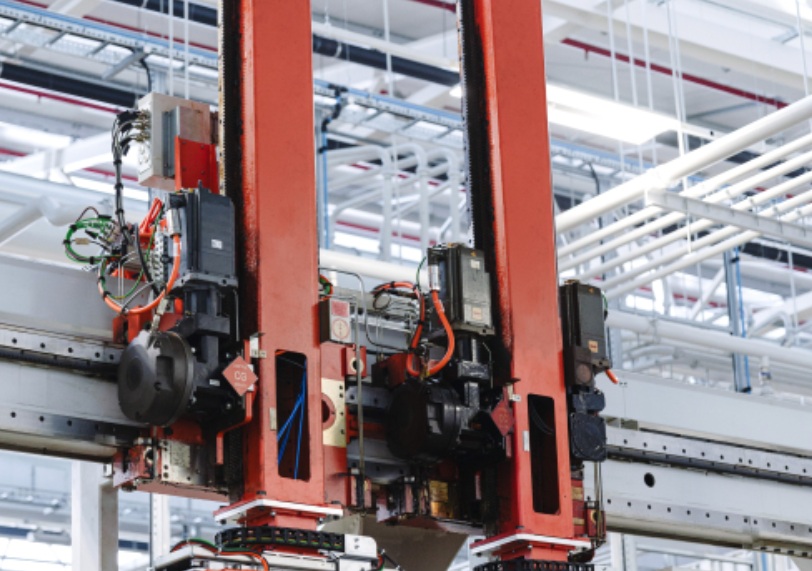Insider Brief
- Global climate policy and investment trends in 2025 will be shaped by shifting U.S. regulations, rising international influence from China and Brazil, and continued expansion of renewable energy and decarbonization technologies.
- The U.S. administration’s expected changes to permitting and environmental policies could impact energy project timelines, while global negotiations at COP30 may redefine international climate commitments.
- Investment in carbon capture, green hydrogen, and renewable energy remains strong despite policy uncertainties, with new financing mechanisms, including tax credit transfers, unlocking capital for clean energy projects.
The global energy landscape is entering a period of significant transition in 2025 as shifts in U.S. policy, rising international influence from China and Brazil, and emerging climate technologies reshape markets. New regulatory approaches could alter project timelines, while investment in renewables, carbon capture, and hydrogen continues to expand, according to a new quarterly update from JPMorgan Chase.
Regulatory Uncertainty and Market Shifts
The incoming U.S. administration is expected to take a different approach to energy and environmental policy, including potential changes to permitting processes that could accelerate or hinder energy projects.

“Be on the lookout for legislative action on permitting and environmental reviews, especially the omission of environmental reviews in new rules and regulations,” said Dr. Sarah Kapnick, Global Head of Climate Advisory at JPMorgan, in the report.
These shifts come as nations prepare for the 2025 U.N. Climate Change Conference (COP30), the most consequential climate summit since the 2015 Paris Agreement. With the U.S. expected to adjust its role in global climate negotiations, other players are likely to take on greater influence.
“I’ll be closely watching climate, industrial and trade policy developments—both domestically and internationally,” said Heather Zichal, Global Head of Sustainability. “This will be especially interesting heading into COP30. With the U.S.’s role expected to shift in the climate negotiations, I’ll be tuning in to how global players like China, Brazil and Europe will step up to the plate and drive the agenda.”
Meanwhile, demand for liquefied natural gas (LNG) is expected to grow, fueled by increased energy needs from data centers and global market conditions.
“Data center energy demands, ongoing transition needs and global market dynamics continue to drive LNG growth,” said Kathleen Milazzo, Managing Director, Energy, Corporate Banking.
Despite the push for LNG, investment in renewable energy remains strong.
“Even amid federal policy uncertainties, growing electricity demand continues to drive renewable deployment,” said Rubiao Song, Head of Energy Investments.
Decarbonization and Emerging Technologies
Efforts to reduce emissions are advancing globally, even as regulatory uncertainty remains. The report highlights progress in renewable energy expansion, nuclear power development, and technologies aimed at capturing and storing carbon.
“In Northwest Europe, we’re seeing significant momentum around large carbon-capture and storage hubs,” said Hannes Kofler, Managing Director of Energy, Power & Renewables, Investment Banking. “Operators and emitters are moving from planning into action, finalizing investment decisions and beginning construction.”
Green hydrogen—produced using renewable energy—is also gaining traction in Europe.
“Europe’s first industrial-scale green hydrogen plants are expected to come online in 2025, drawing close attention from investors,” Kofler said.
In addition, some climate intervention technologies that once seemed futuristic are now entering commercial development.
“Watch for innovative companies securing venture capital funding in 2025, particularly in carbon removal,” said Kapnick. “We’re seeing viable solutions exiting laboratories in areas like weather modification that were once in the realm of science fiction.”
New Financing Approaches for Clean Energy
The shift toward cleaner energy will be accompanied by evolving financial structures. According to JPMorgan, the market for tax credits and investment incentives is maturing, helping to channel capital toward renewables, carbon capture, and green hydrogen projects.
“The tax credit transfer market is entering a new phase of growth,” said Song, according to the report. “Corporate participation is unlocking significant capital for renewable development in the years ahead.”
Large-scale tax equity investments—financial structures used to support renewable energy projects—are also seeing increased interest.
“Large tax equity investors are increasingly favoring hybrid tax equity and credit transfer structures, with standardized market terms speeding up deal execution,” Song said. “The closing of some mega tax equity deals—whether investment tax credit (ITC) or production tax credit (PTC)—will demonstrate how deeply the market has developed since the Inflation Reduction Act.”
Major deals in investment tax credits (ITC) and production tax credits (PTC) could serve as indicators of how quickly the clean energy market is expanding.
“The closing of some mega tax equity deals—whether investment tax credit (ITC) or production tax credit (PTC)—will demonstrate how deeply the market has developed since the Inflation Reduction Act,” Song added.
Looking Ahead
With policy changes, technological advances, and new financing models at play, 2025 is shaping up to be a critical year for sustainability and energy markets.
While uncertainty remains — especially around U.S. policy — momentum in renewable energy, carbon capture, and sustainable finance suggests that the global energy transition will continue.
Zooming farther out in the calendar, the analysts expect COP30 in November to serve as a major test of international commitments, with China, Brazil, and Europe expected to play increasingly central roles in shaping global climate policy.








